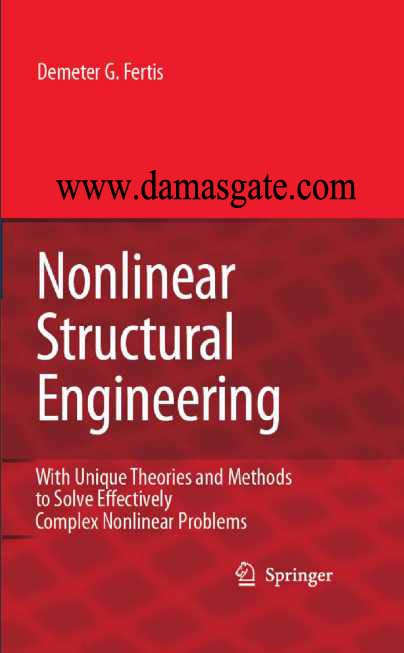Nonlinear Structural Engineering
Basic Theories and Principles of Nonlinear
Beam Deformations

1.1 Introduction
The minimum weight criteria in the design of aircraft and aerospace vehicles,
coupled with the ever growing use of light polymer materials that can undergo
large displacements without exceeding their specified elastic limit, prompted
a renewed interest in the analysis of flexible structures that are subjected
to static and dynamic loads. Due to the geometry of their deformation, the
behavior of such structures is highly nonlinear and the solution of such problems
becomes very complex. The solution complexity becomes immense when
flexible structural components have variable cross-sectional dimensions along
their length. Such members are often used to improve strength, weight and
deformation requirements, and in some cases, architects and planners are using
variable cross-section members to improve the architectural aesthetics and
design of the structure.
In this chapter, the well known theory of elastica is discussed, as well as
the methods that are used for the solution of the elastica. In addition, the solution
of flexible members of uniform and variable cross-section is developed
in detail. This solution utilizes equivalent pseudolinear systems of constant
cross-section, as well as equivalent simplified nonlinear systems of constant
cross-section. This approach simplifies a great deal the solution of such complex
problems. See, for example, Fertis [2, 3, 5, 6], Fertis and Afonta [1], and
Fertis and Lee [4].
This chapter also includes, in a brief manner, important historical developments
on the subject and the most commonly used methods for the static
and the dynamic analysis of flexible members.
Download
http://s18.alxa.net/s18/srvs2/01/Non...ngineering.rar